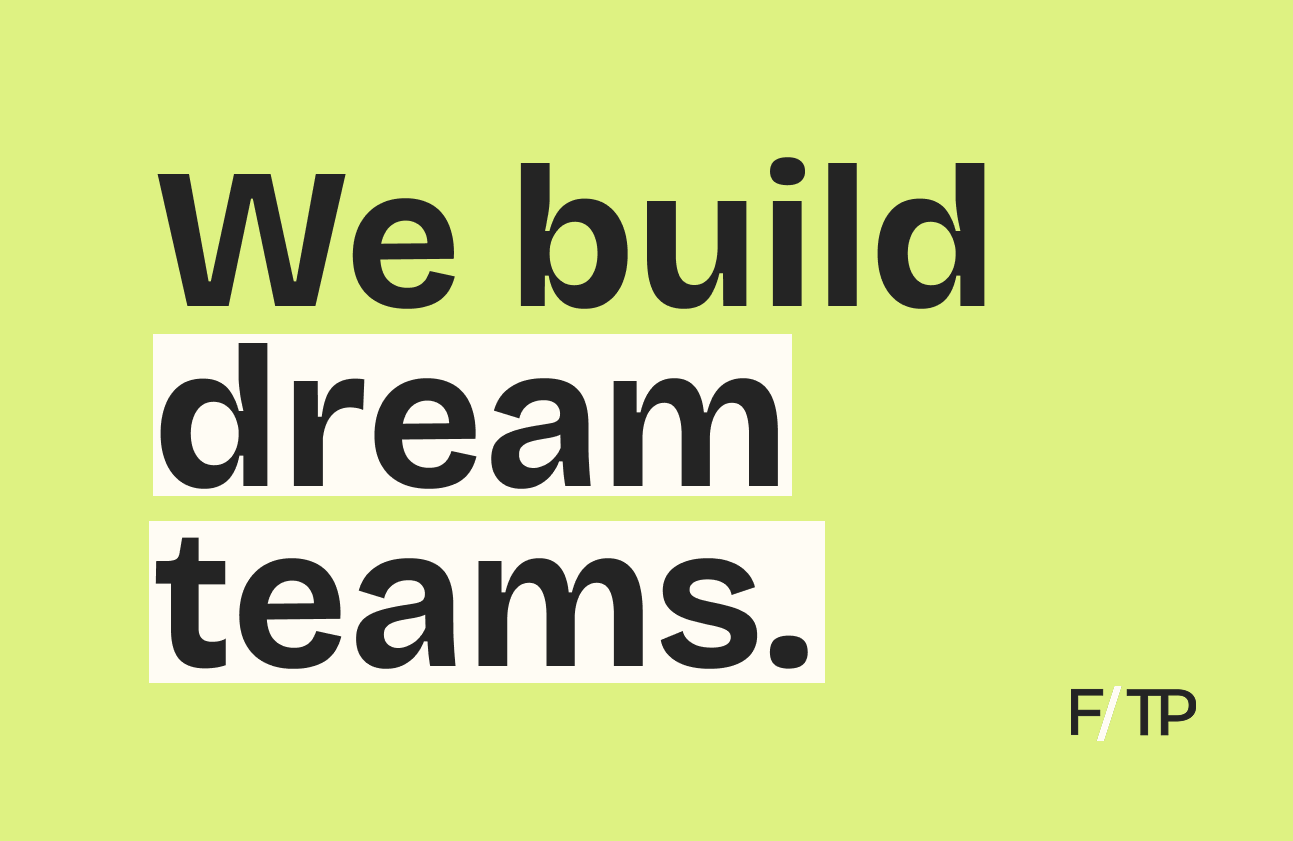Back in January, we published our annual trends report. Unsurprisingly, a global pandemic wasn’t in the forecast. Still, despite the disarray, a number of the developments we discussed have played out.
Initially, COVID didn’t create new behaviors as much as it accelerated underlying shifts. Telemedicine and digital fitness epitomize this point — the tracks were laid long before the world shut down.
But now, some five months into a supposed two-week pause, the fitness and wellness industry has begun to reorient toward a new normal. As established brands attempt to expedite their five-year plan, agile upstarts pivoted overnight, and opportunistic newcomers are seizing the moment.
Given the rate of change, today, we’re taking stock of the themes that will dominate the conversation for the remainder of the year.
Chasing Peloton
To most people, Peloton is a product. Soon, that won’t be the case. Even the plan to introduce a more affordable treadmill doesn’t speak to the shift.
With apps for Apple Watch, Apple TV, Amazon Fire TV, Android TV, and Roku, Peloton Digital brings high-quality instructors and content to anyone, anywhere. Equipment aside, Peloton hopes to become synonymous with the best coaching and classes in fitness, period.
Slowly but surely, the bike is taking a back seat to the ecosystem — hardware, talent, content, studios, events, apparel, and more. This evolution makes it all the more difficult for the competition to keep up.
The Virtual Fitness Studio
When gyms shuttered, Zoom workouts were a Band-Aid. Now, they’re the norm.
An effort to keep studio partners solvent, MINDBODY and ClassPass launched digital offerings. Likewise, a flurry of startups catering to fitness creators emerged. In building a layer on top of Zoom or creating an integrated video system, most solutions seek to streamline remote workouts.
As a lifeline, this approach is sufficient. But it’s not viable long-term. The virtual fitness studio needs to evolve beyond video conferencing. Solving this problem will garner significant attention (and funding) in the months ahead.
The Omnichannel Myth
Big box operators will tell you omnichannel or hybrid offerings are the future. Executing on this shift is another story.
Gyms can produce their own content, white-label media, or bundle with a digital provider. Short of developing a vertically integrated solution, they’ll fail to realize the full value of a truly omnichannel offering.
Boutiques have been faster to adapt, but they’ll face problems related to cost, distribution, and competition. This opens the door for aggregators like NEOU or ClassPass to insert themselves between the user and brand.
Equinox has a shot here, but brands like Peloton and Tonal could back into physical experiences, turning omnichannel on its head.
Coaching > Content
From Instagram and YouTube to celebrity-backed apps, health and fitness content is a commodity.
Content companies focus on churn, performance marketing, and pricing strategy. Coaching platforms like Future can optimize for relationships and results while charging a premium.
There are plenty of videos showing us what to do. Now, we need someone to make sure we do it. Expect to see accountability-as-a-service applied to every vertical within fitness and wellness, including nutrition, sleep, mindfulness, mental health, and more.
Optimize Everything
As we suspected, the High-Performance Lifestyle has taken hold. Everything that can be optimized will be.
Companies like Eight Sleep, WHOOP, and Oura have laid the foundation. Now Levels is mainstreaming glucose monitoring, Vault Health makes hormone therapy accessible, and Baze uses at-home blood tests to provide personalized supplements and meals.
As new verticals are added to the optimization stack, interpreting an endless amount of data creates a new problem — thus, opening the door for Apple’s broader health ambitions.
Ro for ‘X’
Ro and hims have become the blueprint for healthcare startups. Now, highly personal and overlooked ailments are getting the direct-to-consumer treatment.
While the larger telehealth players work to build a comprehensive offering, upstarts are becoming increasingly narrow in their focus. As the infrastructure for virtual doctors visits and online pharmacies improve, every vertical could see a DTC offering.
The playbook continues to evolve, but for now the template is to: identify a patent cliff, stigmatized condition, and/or underserved population, then develop a convenient solution.
Niche Mindfulness
Meditation apps have seen a surge of activity during lockdown. While Calm and Headspace pull ahead, newcomers are unbundling the category.
Meditopia ($15M) and Tawazon recently raised funding to bring meditation to non-English speakers. Moshi’s sleep and meditation app for children added $12M. Core’s handheld device tracks meditation sessions. And WAVE offers music-guided meditation.
Instead of going head to head with incumbents, the mindfulness category will become increasingly niche, with sleep, breathwork, and heart rate variability garnering more attention.
Waiting on VR
As Benedict Evans put it, this should be VR’s moment. It’s not.
Zwift leads the way in fitness gaming, but it isn’t truly immersive. Meanwhile, Supernatural transports users to another world for a workout. And FitXR, makers of BOXVR, recently raised $7.5M to accelerate growth.
Is VR fitness the next Peloton? Not yet. And maybe not ever. But building the Metaverse of fitness could be a billion-dollar opportunity.
📱 Nike’s App Strategy
While researching our report on lululemon’s $500M acquisition of Mirror, Nike’s digital and hardware initiatives informed our take. But some of the more intriguing aspects of Nike’s strategy didn’t make the final cut. So, we’re sharing a few of those learnings here.
For context: Nike began experimenting with hardware in 2006, introducing the Nike+iPod Sport Kit. In 2008, Nike+ SportBand Kit was released. The Nike+ SportWatch GPS came in 2011. Then, in 2012, Nike launched the FuelBand.
Two years on, Nike disbanded its FuelBand business. Of note, Apple CEO Tim Cook served on Nike’s board of directors since 2005. As Apple prioritized its own wrist-worn device, Cook likely helped Nike see that their hardware efforts were futile. In the end, Apple hired members of the FuelBand team to work on iWatch, as it was known at the time.
Flash-forward: Jumping ahead to the present day, Nike’s decision to exit wearables in favor of fitness software served them well. As of November 2019, Nike has 170M users across its family of apps, including Nike’s main app, Nike+, SNKRS, Nike Training Club (NTC), and Nike Run Club (NRC). During COVID, the company’s digital portfolio has paid dividends.
In the fourth quarter ending May 31:
- Nike apps added 25M new members.
- There was a 100% increase in weekly users in the US.
- In China, Nike saw an 80% increase in weekly users.
- The boost in usership led to an increase of digital sales.
“Our vision is to create direct, unbreakable relationships with our consumers. And we know the most direct connection is through the mobile device they carry with them everywhere they go.” – Nike COO Andy Campion
Punchline: In hindsight, Nike’s decision to ditch hardware looks like the right choice. And it will be worth watching to see how they evolve their digital strategy. Likewise, tracking the lululemon x Mirror partnership in relation to Nike’s in-house software efforts will be telling as the quest for “unbreakable” customer relationships continues.
🌎 A Whole New World
India’s top well-being startup, Cure.fit, is expanding to the US.
Need-to-know: As we’ve previously detailed, Cure.fit is a Bangalore-based wellness company aiming to vertically integrate every aspect of a healthy lifestyle. To date, the company has raised some $400M for its Cult.fit gym business, Eat.fit food offerings, Cult.live digital classes, Care.fit telehealth, and Cult.sport apparel and equipment.
With 130 locations across India, the company laid off some 1,400 staffers since March due to coronavirus lockdowns. And a Reuters report said Cure.fit was mulling a pivot to an entirely digital offering.
Entering the US: Amid an all-digital push, Cure.fit added 1M users since the start of the year. Moving beyond India, the company launched its US beta last month. So far, the app has seen more than 12K downloads. For comparison, Cure.fit has amassed 300K subscribers in India.
Two things: First, Cure.fit doesn’t plan to open physical locations in the US, and its brick-and-mortar business in India remains a question mark. And second, could Peloton become the US version of Cure.fit, creating a vertically integrated health and fitness company?
📰 News & Notes
- Goop’s wonder wheel.
- The SEC comes for Under Armour.
- Garmin is hit by a ransomware attack.
- Snapchat launches meditation minis with Headspace.
- Tom Brady’s TB12 is expanding its wholesale operation.
- The hardest part of building a health and fitness company.
💰 Money Moves
- Telehealth startup hims is negotiating a potential sale to a blank-check acquisition company with intentions to go public at a $1B valuation. Listen in: hims CEO Andrew Dudum on the Fitt Insider podcast.
- Telehealth startup Ro raised a $200M Series C round led by General Catalyst, earning a $1.5B valuation.
- Vive Organic, makers of organic wellness shots, secured $13M in a Series B round led by Monogram Capital with participation from Powerplant Ventures. Listen In: Powerplant Ventures’ Dan Gluck on the Fitt Insider podcast.
- Arrive Outdoors, a DTC outdoors gear rental platform, raised $4.75M in seed funding. More from Fitt Insider: Glamping, the Next Wave of Wellness
- Proper, a “holistic” sleep health solution, raised $9.5M from Snoop Dogg’s Casa Verde Capital and Redesign Health. More from Fitt Insider: Selling Sleep
- Misfits Market, a grocery box delivery service fighting food waste, secured $85M in new funding from Valor Equity Partners, Greenoaks Capital, Ashton Kutcher, and others.
- Food startup Cooks Venture raised $10M in new funding to disrupt the US poultry breeding market.
- French textile manufacturer Clim8, supplier of thermal technology to brands like The North Face and Burton, completed a €2.75 million funding round.
- Medical device startup Cryosa, creators of treatment for sleep apnea, closed a $8.25M Series A-2.
- WAVE.tv, a media company specializing in short-form sports content, closed a $32M Series A round led by CoVenture and GPS Partners.
- Israel-based StuffThatWorks secured $9M in a seed round for its crowdsourced online health forum.
- Chilean plant-based meat and dairy-free substitute producer The Not Company raised $85M at a $250M valuation.
- Withings, a health tech company evolving consumer health hardware, secured a $60M Series B.
- Tom Brady-backed Religion of Sports Media, maker of sports documentaries, raised $10M to produce more audio and visual content.
- FaZe Clan, a professional esports and media organization, bought a minority stake in drinkable meal replacement company CTRL.






